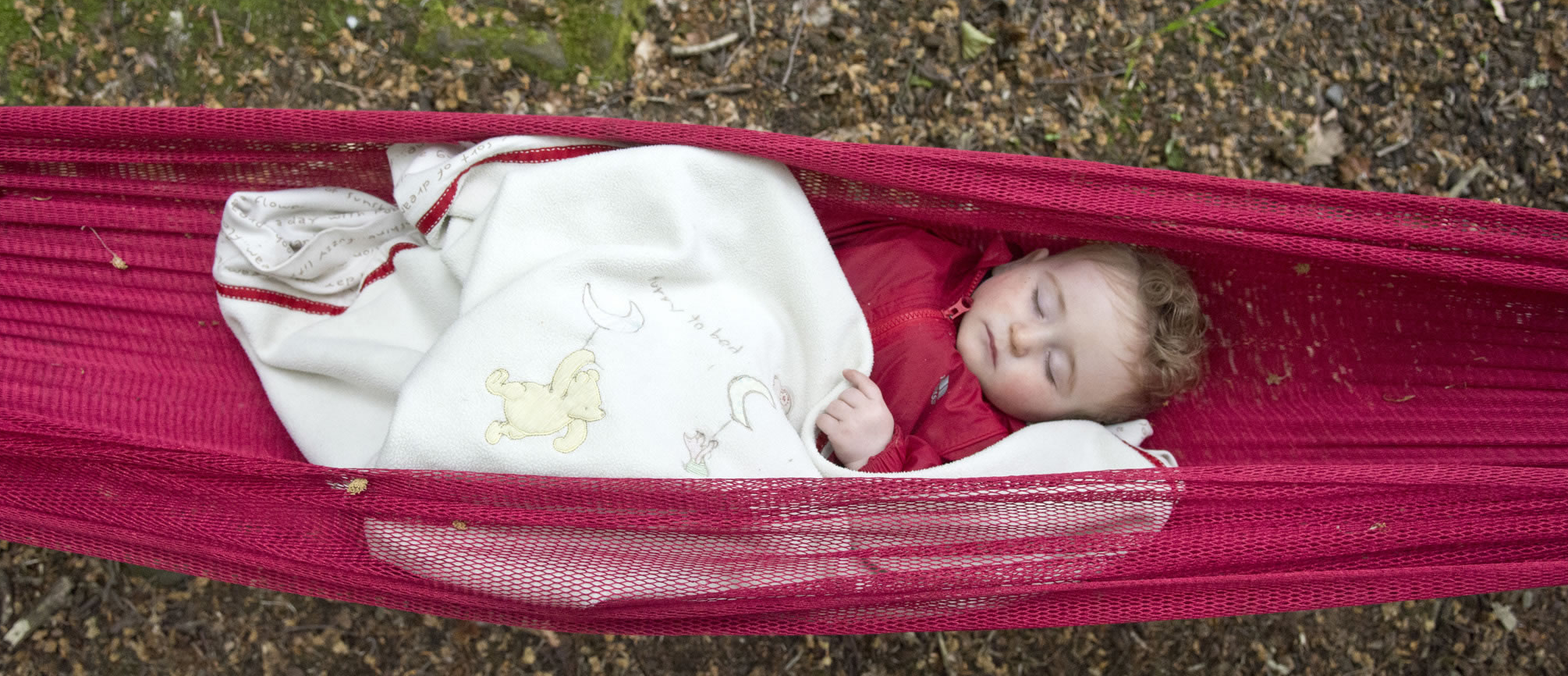1 – Do you take the children out in winter?
Yes we do, we just ensure that the children have the appropriate clothing on (supplied by parents – layers, gloves, hat, scarf, warm socks, fleece-lined boots, winter coat) we ask parents to bring extra socks for if their feet get wet. The nursery supplies the children with high-quality waterproof trousers and Jacket which can be worn over their own clothes.
2 – How do we prepare the children for school?
We observe the Ofsted definitions of school readiness. We ensure that children have age appropriate self-care skills and independence, toileting routines (being able to wipe their own bottom and wash hands independently), eating routines – being able to use a knife and fork, sharing and turn taking, listening and understanding, being able to sit for periods of time and pay attention to the group leader, following instructions, counting skills, knowing about different quantities (which is more/less) mark making skills. Forest Schools encourages children to develop to a high level in Physical Social and Emotional Development helping them to build strong communication and language skills. Whilst we don’t sit children at a desk with a pen and paper we still encourage children to recognise letters and undertake mark making however this is done in a much more natural way of making marks in the mud with sticks or using crushed wild berries as a natural paint or making natural charcoal on the camp fire and using this to make marks on the ground.
3 – Are there any special clothing requirements?
Dress according to the weather, but bring extra layers in their nursery bag, extra underwear too! No sandals/open toe shoes as these can be difficult for children to walk in on uneven terrain.
4 – What are your staff to child ratios?
Same as any other nursery when inside, although we aim to be over ratio in the outdoors with the children.
5 – What experiences do you offer?
We offer the children so many experiences. Den making, putting up shelters, working with knots, making fairy houses, scavenger hunts and collecting objects, identifying flora & fauna, climbing trees, group games, creating art using natural resources, songs, rhymes, stories, mud kitchen, mathematic experiences – counting, measuring (with sticks etc), filling and emptying (quantity & volume) observational skills – seasonal changes to the environment etc. fires & Kelly kettle, cooking, tool use, tree/bark rubbings, exploring holes (wildlife habitats). Children are given the freedom to explore through free play with loose items (things they find and make sense of themselves) and they are encouraged to take safe and manageable risks.
6 – How do we compare with other nurseries?
Children at Forest Schools Kindergartens are given the freedom to develop at their own pace. We help children to develop by focusing on their current interests by undertaking in the moment planning. We spend a lot more time outside than other nurseries in fact almost all of the day is spent outside. Most mainstream nurseries spend very little time outside meaning that the children are restricted to the 4 walls of the classroom. We are very much a child led nursery, the forest school ethos works really well alongside EYFS, developing children holistically rather than just developing maths and literacy skills. Fostering resilience, independence, creativity, self-esteem, self-awareness etc. It is much healthier for children to be outside and it is great for SEN (and all children) as the noise levels inside can be really overwhelming for children and over stimulating. They have space to explore and move freely outside. We try to avoid ‘activities’ and instead, we provide unstructured sessions and they are free to explore their own interests.
7 – Do you offer the 30 hours government funding?
Yes we do however as the 30 hours funding is intended for term time only and we are a nursery that is open all year we offer 20 hours per week throughout the whole year (excluding bank holidays and Christmas) There is an additional charge for the Forest Schools element as extra staffing and training is required of £20 per 10 hour session. We do offer 10 fully funded spaces at each setting for families on income support.
8 – What do babies do in the woods?
Babies are taken to the woods in buggies or slings. Once there, they engage with the practitioner in sensory experiences. Taking in the sights, smells and textures of the woodland. Mobile babies have ample opportunity to develop gross motor skills such as walking, balancing, climbing and crawling. They experience singing and stories together, to encourage language development.
Practitioners collect natural items from the woodland for the babies to explore through touch and smell which helps them become familiar with the natural environment.
Our babies often see the older children at the woods. This is also great for their development, as babies will naturally want to imitate the skills of the older children.
9 – What Activates are offered to children?
Children’s play is child led; we believe children learn more efficiently and effectively this way and it offers the highest benefit of the Forest Schools programme. Practitioners often demonstrate specific skills or present ideas. The children then interpret this in their own way through play. For example, a practitioner may demonstrate the use of knots to children. Children will be given string or rope to incorporate into their own play. Some will imitate the adult, some will use the string in other ways, they may pretend to fish, catch a wild animal, or they may not be interested in using the sting at all…which as absolutely fine. Children play very imaginatively in the woodland, and most need little imput from a practitioner to play in this way. Play is intrinsic, and we encourage this with as little interference from a practitioner as possible. The practitioner’s role is to use their training to continually observe and record progress; for this reason, we do not plan specific activities.
10 – How do you deal with challenging behaviour?
Practitioners model positive behaviour.
We very quickly recognise when a child is feeling sad, angry or frustrated by helping the child to work through their feelings in a positive way. We often use distraction techniques, soothing words, and cuddles if needed. We understand that children feel emotions strongly. We help children to label emotions which, as they grow, they begin to understand as well as being able to recognise them in their peers. The children often comfort and support each other through challenges.
11 – Why is learning outdoors better for children?
Children have more space to explore, run, jump, and climb and to test what their bodies can do. Being in a natural environment has been proved to have positive effects on a child’s brain development. Social skills and friendships are quickly developed; they learn about managing their own safety by being encouraged to take risks. They become effective problem solvers by working together, having the opportunity to test out their ideas. Children incorporate the natural resources they find into their play (loose items play), they learn about the importance of natural spaces and how to respect and care for the world they live in. Most importantly, they find solace and contentment in their natural surroundings, a place they can visit and share with their own loved ones when they are an adult themselves. Our children become very resilient and emotionally aware of themselves and others, which helps them to deal with life’s challenges and new experiences. There are less physical restrictions and boundaries than in a classroom.

